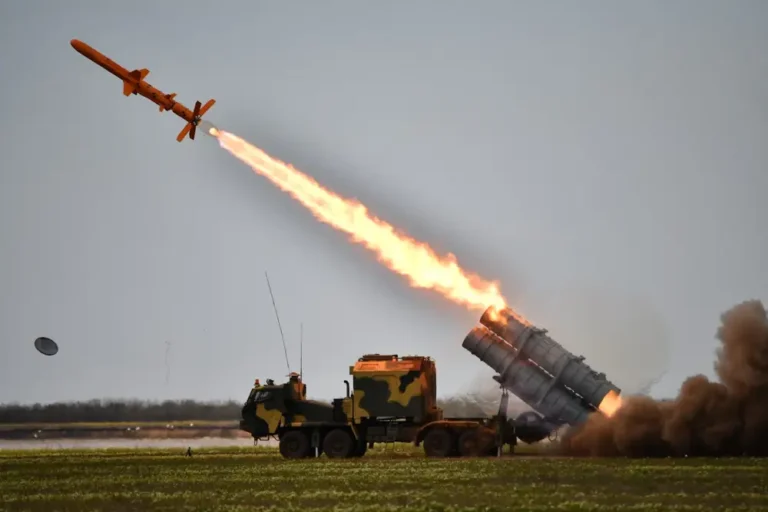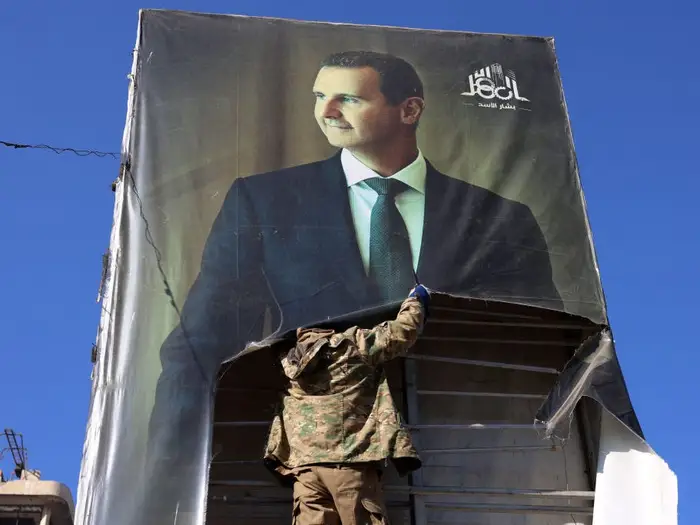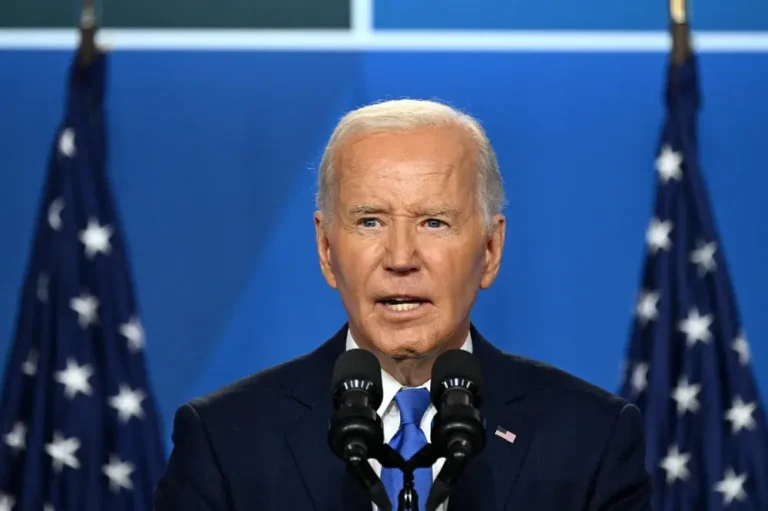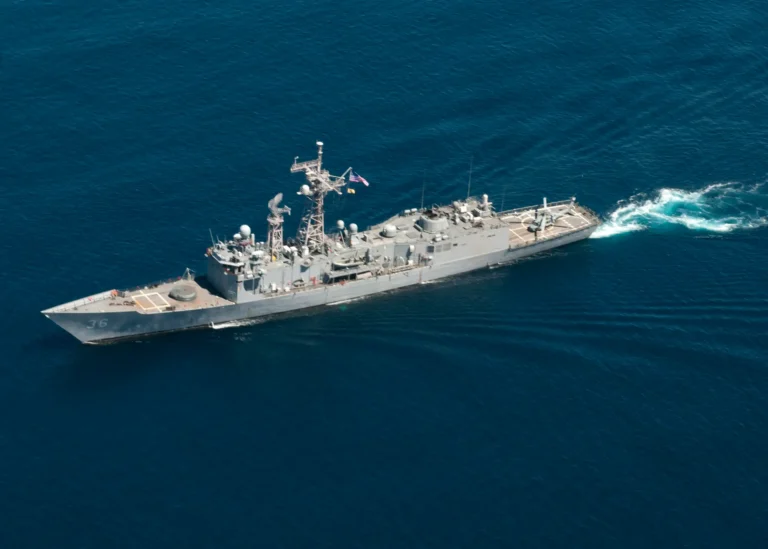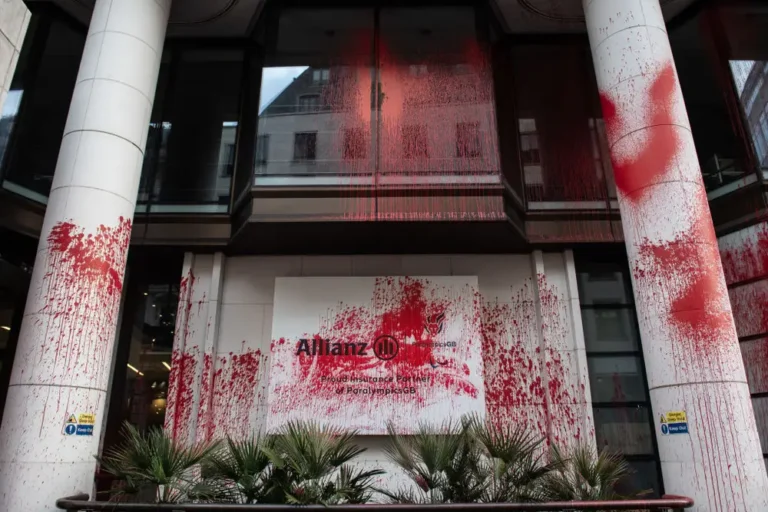Putin is threatening disaster over Ukraine’s long-range missiles — but his past ‘red lines’ came to nothing
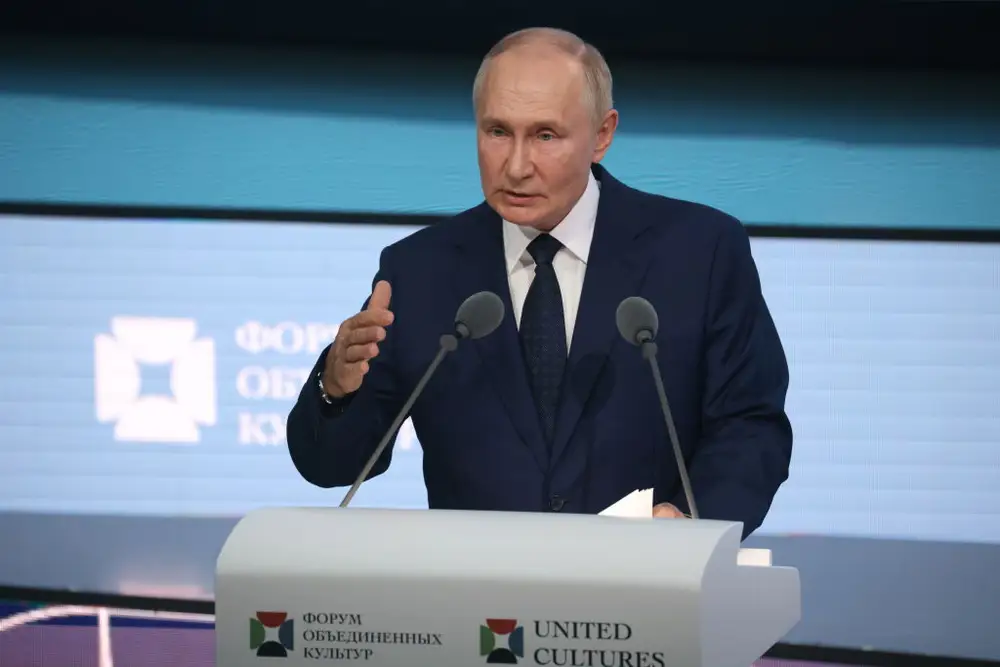
Russian President Vladimir Putin at an event in St Petersburg in September 2024
Russian President Vladimir Putin has drawn a new red line, threatening the West with war if the UK and US approve plans to give Ukraine more leeway to use Western long-range missiles to strike Russia itself.
Speaking to Russian state media on Thursday, Putin said that Ukraine can’t operate the missiles alone because they need Western technical support and satellite guidance.
This, he said, means any strikes with them directly implicate the West.
“This will mean that NATO countries — the United States and European countries — are at war with Russia,” Putin said.
“And if this is the case, then, bearing in mind the change in the essence of the conflict, we will make appropriate decisions in response to the threats that will be posed to us.”
The threat was unusually stark.
It came as UK Prime Minister Keir Starmer traveled to Washington, DC, where he is expected to discuss with President Joe Biden how Ukraine can use the British Storm Shadow missiles in its arsenal.
Analysts say it’s not the first time the Russian president has drawn a red line over Western involvement in the conflict — only to back down.
“Russia has not previously escalated militarily against perceived Western violations of Russia’s ‘red lines,'” noted the Institute for the Study of War, a US think tank, of Putin’s remarks Thursday, saying the remarks are aimed at “influencing the ongoing Western policy debate.”
February 2022 — an opening warning
Days after the invasion, in February 2022, Putin warned Western countries that attempts to interfere in the war would lead to consequences “such as you have never seen in your entire history.”
To underline his point, he placed Russia’s nuclear forces on high alert.
But Ukraine’s Western allies have provided billions in military aid to Ukraine, sending the aid incrementally in the form of increasingly effective weapons.
History-making consequences have yet to arrive.
September 2022 — new territory
Putin issued another dire threat as Russia found itself on the back foot against a Ukrainian counteroffensive in the fall of 2022.
Putin annexed large swaths of the territory Russia had conquered, declaring them as much a part of Russia as Moscow. He hinted that he’d defend the land with nuclear weapons.
“This is not a bluff,” he said.
Yet Ukraine continued to drive back Russian forces that year until a stalemate developed, and has targetted occupied territory, including the Crimea peninsula, with long-range Western weapons.
June 2024 — long-range strikes
A decision by Ukraine’s Western allies to allow it to use some weapons for attacks on Russia provoked another round of thinly-veiled threats.
“They should keep in mind that theirs are small and densely populated countries, which is a factor to reckon with before they start talking about striking deep into Russian territory,” Putin reportedly said in June.
Yet Western weapons have been used several times in attacks on Russian territory. It has not triggered an attack on NATO by Russia.
Ukraine says the threats, even if they don’t come good, have still worked.
They succeded in rattling the West, it says, leading it to supply Ukraine weapons in a piecemeal way and much later than Ukraine seeks them.
This, Ukraine says, holds it back from ever truly making headway in the war.
It has long requested the capacity to use long-range missiles for attacks deep inside Russia, targeting bases and disrupting supply networks.
August 2024 — a ground invasion
Ukraine’s President Volodymyr Zelenskyy said that Ukraine’s audacious cross-border attack it launched in August on Russia’s Kursk province showed that Putin’s red lines are “crumbling.”
The attack was the clearest defiance of Putin yet — a direct assault on Russian territory — yet Russia has done little more than divert some units to stop Ukraine’s advance and downplayed its importance.
Another bluff?

A local volunteer looks at a building damaged by Ukrainian strikes in Kursk on August 16, 2024, following Ukraine’s offensive into Russia’s western Kursk region.
The Kremlin is employing the playbook again over the long-range strikes.
Russian Foreign Minister Sergey Lavrov last week warned the West not to joke about its red lines.
“But they should understand—they are joking about our red lines here. They shouldn’t joke about our red lines,” he remarked in a Russian TV interview.
Analysts writing for the US think tank Responsible Statecraft last June said that the West would never know if it had crossed a real Russian red line until it’s too late.
“We are likely to discover that we have gone too far only after we find ourselves in a direct confrontation with Russia, not before,” they wrote.
According to The New York Times, Biden is wary of allowing Ukraine to use US long-range missiles in attacks on Russia because the response could come not in the form of a direct attack on the US but by enabling Iran to target US bases in the Middle East.
It’s a less terrifying scenario than nuclear war — but still constitutes a dangerous escalation that could spiral out of control.
For now, though, the US and its allies seem to be willing to wager that the benefits of providing Ukraine with the permission to use the long-range weapons in attacks on Russia outweigh the risks.
“I wouldn’t attach excessive importance to Putin’s latest declarations,” Polish Prime Minister Donald Tusk said Friday.


